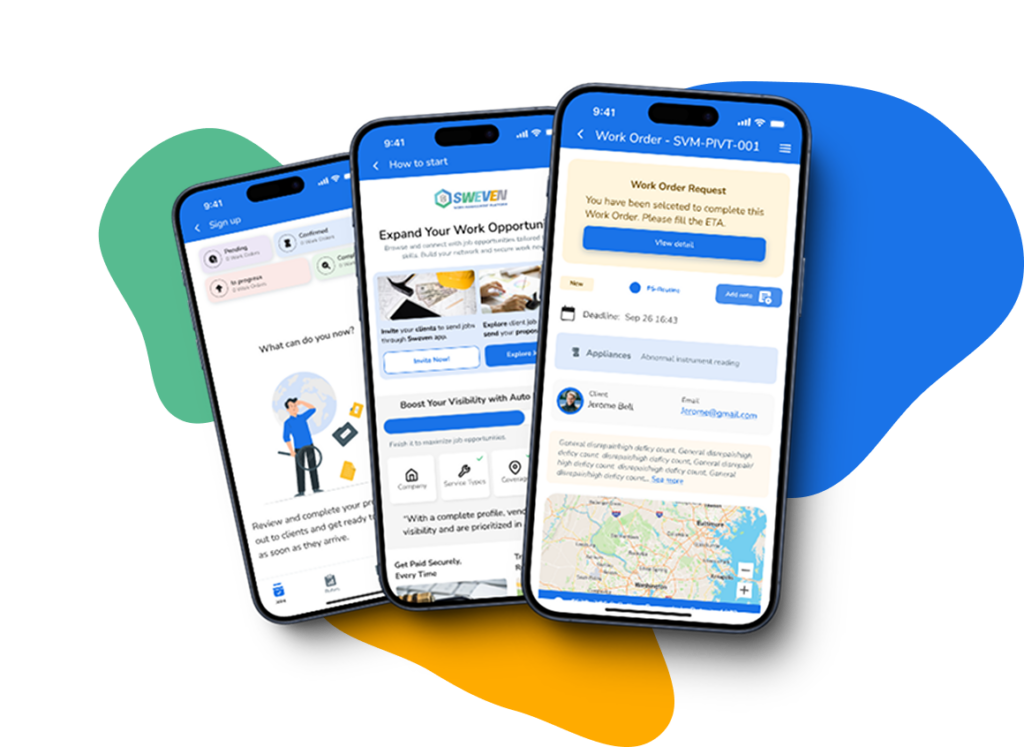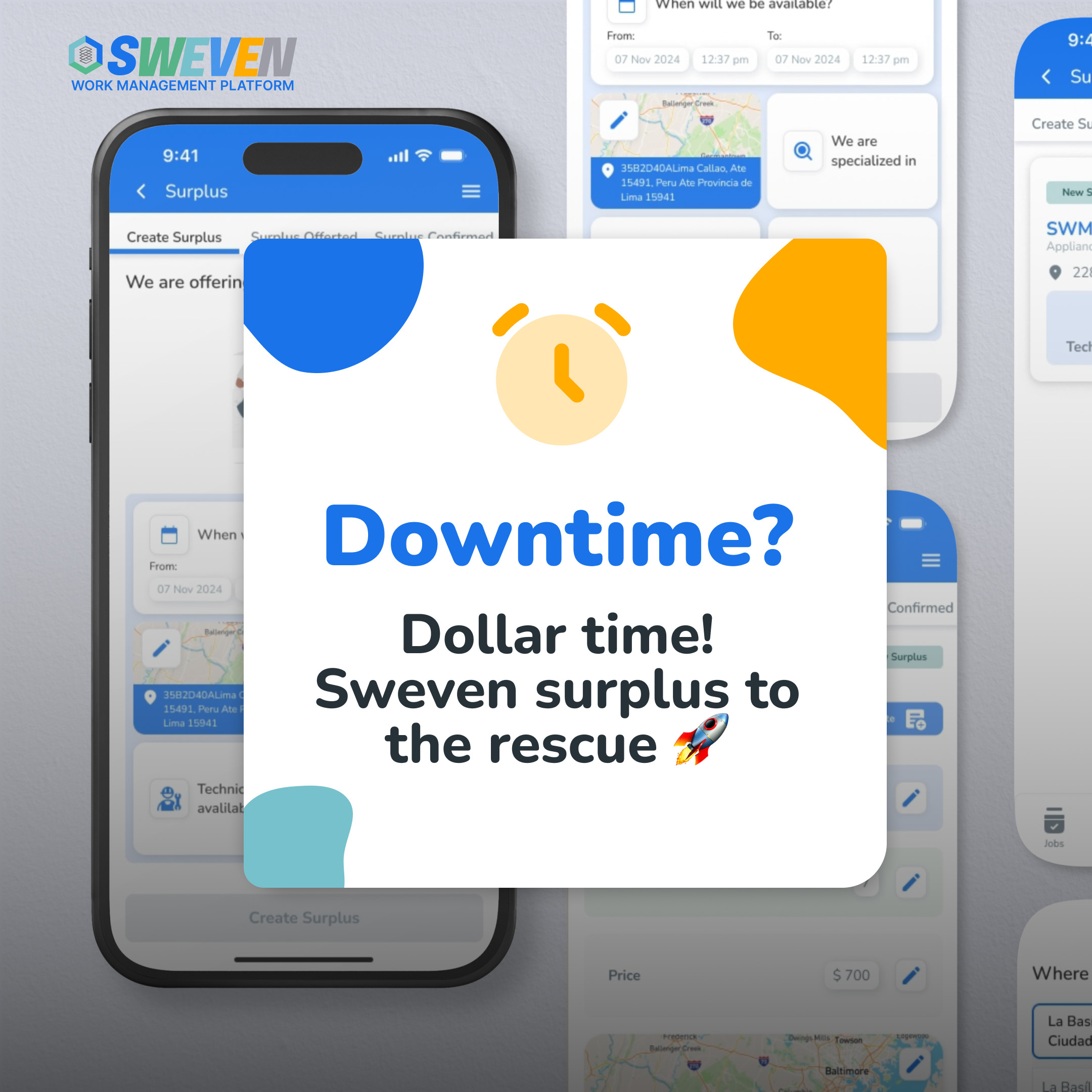Introduction: Imagine an industrial environment where equipment failures are predicted with pinpoint accuracy, where maintenance is scheduled just in time, and where production lines consistently achieve peak performance. This isn’t a far-fetched dream; it’s the reality offered by a robust Condition-Based Maintenance (CBM) program. Today, an array of sophisticated technologies empowers organizations to transition from reactive fixes to proactive asset management. Understanding these CBM solutions is the first step towards unlocking unprecedented operational efficiency and reliability.
What is Condition-Based Maintenance (CBM)? Understanding the Proactive Approach
Condition-Based Maintenance (CBM) represents a strategic shift in maintenance philosophy. Instead of relying on fixed schedules (preventive maintenance) or waiting for breakdowns (reactive maintenance), CBM utilizes real-time data and advanced analytics to monitor the actual condition of equipment. Maintenance interventions are triggered only when specific indicators suggest declining performance or an impending failure. This intelligent approach offers significant advantages:
- Reduced Downtime: By anticipating failures, maintenance can be scheduled during planned outages.
- Optimized Costs: Eliminates unnecessary maintenance tasks and reduces the costs associated with unexpected breakdowns.
- Enhanced Safety: Proactively addresses potential hazards before they lead to safety incidents.
- Extended Equipment Lifespan: Ensures assets are maintained optimally, maximizing their operational life.
At its core, CBM relies on predictive tools, primarily sensors, that provide continuous monitoring of critical performance parameters. For instance, sensors might track a machine’s temperature, vibration levels, pressure, humidity, or other variables that can signal potential issues in complex industrial settings.
Key Condition-Based Maintenance Technologies Transforming Industries
A variety of technologies form the backbone of a successful CBM strategy. Here’s a look at some of the most impactful ones:
- Vibration Analysis: Listening to the Health of Your Machinery
- How it works: Monitors the vibration signatures of rotating equipment (pumps, motors, turbines). Changes in vibration patterns can indicate imbalances, misalignments, or bearing wear.
- Application: Sensors placed on critical machine parts capture data, which is then analyzed by specialized software to detect anomalies.
- Impact: Early detection of mechanical faults in rotating assets.
- Infrared Thermography: Seeing Heat, Preventing Failures
- How it works: Uses thermal imaging cameras to detect abnormal heat patterns in equipment.
- Application: Identifies electrical faults (loose connections, overloads), insulation issues, and friction in mechanical components. Thermal cameras convert infrared radiation into temperature maps.
- Impact: Prevents electrical fires and mechanical failures by spotting overheating components.
- Ultrasonic Testing: Hearing Defects Beyond the Surface
- How it works: Employs high-frequency sound waves to detect internal flaws (cracks, voids) in materials and components without causing damage.
- Application: An ultrasonic transducer sends sound waves into a material; reflected waves reveal internal irregularities. Commonly used for pipeline, pressure vessel, and structural inspections.
- Impact: Ensures structural integrity and prevents catastrophic failures in critical components.
- Oil Analysis (Tribology): Understanding Equipment Health Through Lubricants
- How it works: Examines the physical and chemical properties of lubricants to assess the condition of machinery.
- Application: Detects contaminants, wear particles, and oil degradation. Lab analysis of lubricant samples indicates specific wear types or contamination sources. Critical for engines, gearboxes, and hydraulic systems.
- Impact: Predicts wear and tear in lubricated components, preventing major breakdowns.
- Acoustic Emission Monitoring: Detecting Stress Signals
- How it works: Listens for high-frequency sounds (acoustic emissions) produced by materials under stress, indicating early-stage damage.
- Application: Detects crack initiation and propagation, leaks, and material degradation. Sensors measure energy released during deformation. Used for structural health monitoring of bridges and pressure vessels.
- Impact: Provides early warnings for structural integrity issues.
- Electrical Signature Analysis (ESA): Monitoring Electrical Health
- How it works: Monitors the electrical patterns (voltage and current) in motors and other electrical equipment.
- Application: Changes in the electrical signature can indicate rotor faults, power quality issues, or other mechanical/electrical problems. ESA tools compare real-time signals to healthy and faulty patterns.
- Impact: Early detection of electrical and mechanical issues in motors and generators.
- Pressure Monitoring: Keeping Systems Within Safe Limits
- How it works: Tracks pressure levels within systems like pipelines, hydraulic systems, or pressure vessels using sensors or transducers.
- Application: Converts pressure readings into electrical signals for real-time data analysis against preset thresholds. Deviations can indicate blockages, leaks, or pump failures.
- Impact: Prevents system failures and ensures operational safety by maintaining optimal pressure levels.
- Machine Learning (ML) and Artificial Intelligence (AI) Integration: The Future of Predictive Maintenance
- How it works: ML algorithms analyze vast historical and real-time sensor data to identify complex patterns and predict failures with high accuracy. AI can optimize maintenance schedules and recommend actions.
- Application: Enhances the predictive capabilities across all CBM technologies, leading to smarter, more efficient maintenance strategies.
- Impact: Revolutionizes predictive maintenance by providing deeper insights and more accurate forecasts.
Analysis Results: The Tangible Benefits of Implementing CBM Technologies
The adoption of Condition-Based Maintenance, powered by the technologies discussed, yields significant and measurable results for organizations. While specific figures can vary by industry and implementation, the analysis consistently points to several key benefits:
- Drastic Reduction in Unplanned Downtime: By predicting failures, CBM allows maintenance to be scheduled proactively, minimizing unexpected stops. Studies and industry reports often show potential downtime reductions ranging from 30% to 50%.
- Significant Maintenance Cost Savings: CBM eliminates unnecessary preventive tasks and reduces the high costs associated with emergency repairs and overtime. Cost savings can be substantial, often in the range of 25% to 40% of total maintenance budgets.
- Extended Asset Lifespan: Optimizing maintenance based on actual condition rather than fixed schedules reduces wear and tear, potentially extending equipment life by 20% to 40%.
- Improved Production Output and Quality: Reliable equipment leads to more consistent production runs and fewer defects caused by malfunctioning machinery.
- Enhanced Safety and Environmental Compliance: Early detection of potential failures helps prevent accidents and environmental incidents (e.g., leaks, emissions).
- Better Resource Allocation: Maintenance teams can focus their efforts and resources where they are most needed, improving overall efficiency.
- Data-Driven Decision Making: The wealth of data collected by CBM systems provides valuable insights for broader operational improvements and strategic asset management.
The true «result» of CBM is a shift towards a more controlled, predictable, and cost-effective operational environment. The initial investment in CBM technologies and systems is often quickly offset by these substantial operational gains and risk reductions.
Optimizing Your Condition-Based Maintenance Program for Success
Implementing CBM technologies is just the start. To maximize its benefits, integrate CBM into a comprehensive Asset Operations Management (AOM) strategy:
- Establish Baselines: Identify your most critical assets. Determine measurable parameters for optimal performance and understand their potential failure modes.
- Develop a P-F Curve: Create a Potential Failure (P-F) curve for key assets. This visual tool helps map the progression from a potential fault (P) to functional failure (F), allowing you to define optimal inspection intervals.
- Invest in Integrated Technology: Implement a system (like a CMMS or EAM with CBM capabilities) that consolidates maintenance operations, reliability data, and CBM sensor inputs to facilitate informed decision-making. (Suggestion: Link to an article about CMMS/EAM systems)
Cultivate a Proactive Culture: Foster a workplace culture that embraces technology and proactive maintenance. Provide ongoing training for technicians and all relevant staff to ensure the CBM program is sustainable and effectively utilized.
Conclusion: Embracing the Future with CBM Technologies
Condition-Based Maintenance technologies are no longer a futuristic concept but a present-day reality transforming how industries manage asset reliability and operational efficiency. By leveraging advanced tools from vibration analysis and infrared thermography to the predictive power of AI and machine learning, companies can ensure maintenance is timely, targeted, and cost-effective. As these technologies evolve, their potential to enhance industrial operations will only grow. For any organization reliant on critical assets, adopting CBM is a strategic imperative for staying competitive, minimizing costly downtime, and maximizing asset value.















